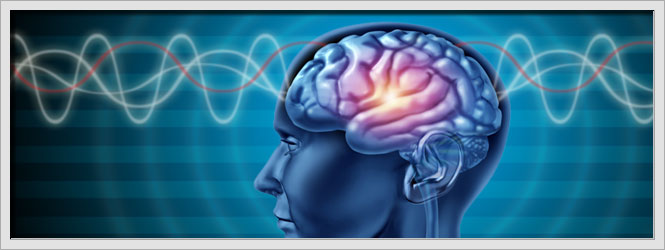 Neurofeedback can produce significant and lasting improvement in attention and focus in children with attention-deficit hyperactivity disorder and has surpassed computer-based cognitive training (CT), new research shows.
Neurofeedback can produce significant and lasting improvement in attention and focus in children with attention-deficit hyperactivity disorder and has surpassed computer-based cognitive training (CT), new research shows.
Data results from controlled trials show that children who received computer-based neurofeedback made faster and greater improvements in ADHD symptoms, which were sustained at the 6- month and year follow-up, than their peers who received computer cognitive training.
Helpful With or Without Meds
Neurofeedback and CT are 2 forms of computer-based attention training. Neurofeedback trains users with electroencephalographic sensors embedded in a bicycle helmet to increase their beta waves (an attentive state) and to suppress theta waves (a drowsy state) when viewing their brain waves on a computer screen. Coginitive training involves cognitive exercises that focus on attention and working memory with computer feedback to reinforce correct responses.
The Boston team randomly assigned 104 children in second and fourth grade with ADHD to receive in-school neurofeedback (Play Attention, Unique Logic and Technology Inc), CT (Captain’s Log, BrainTrain), or a control condition.
Both neurofeedback and CT groups received 3 45-minute intervention sessions each week in the classroom for a total of 40 sessions under the supervision of a research assistant.
Observations immediately after the treatment showed significantly greater improvements in ADHD symptoms, including attention and executive functioning, in the neurofeedback group relative to the CT or control condition groups.
Promising Treatment
Martijn Arns, PhD, researcher in the Department of Experimental Psychology at Utrecht University in the Netherlands and director of the Research Institute Brainclinics, said the study contributes more evidence that “neurofeedback in the treatment of ADHD has clinical benefit, and that these effects seem to be maintained across time.”

